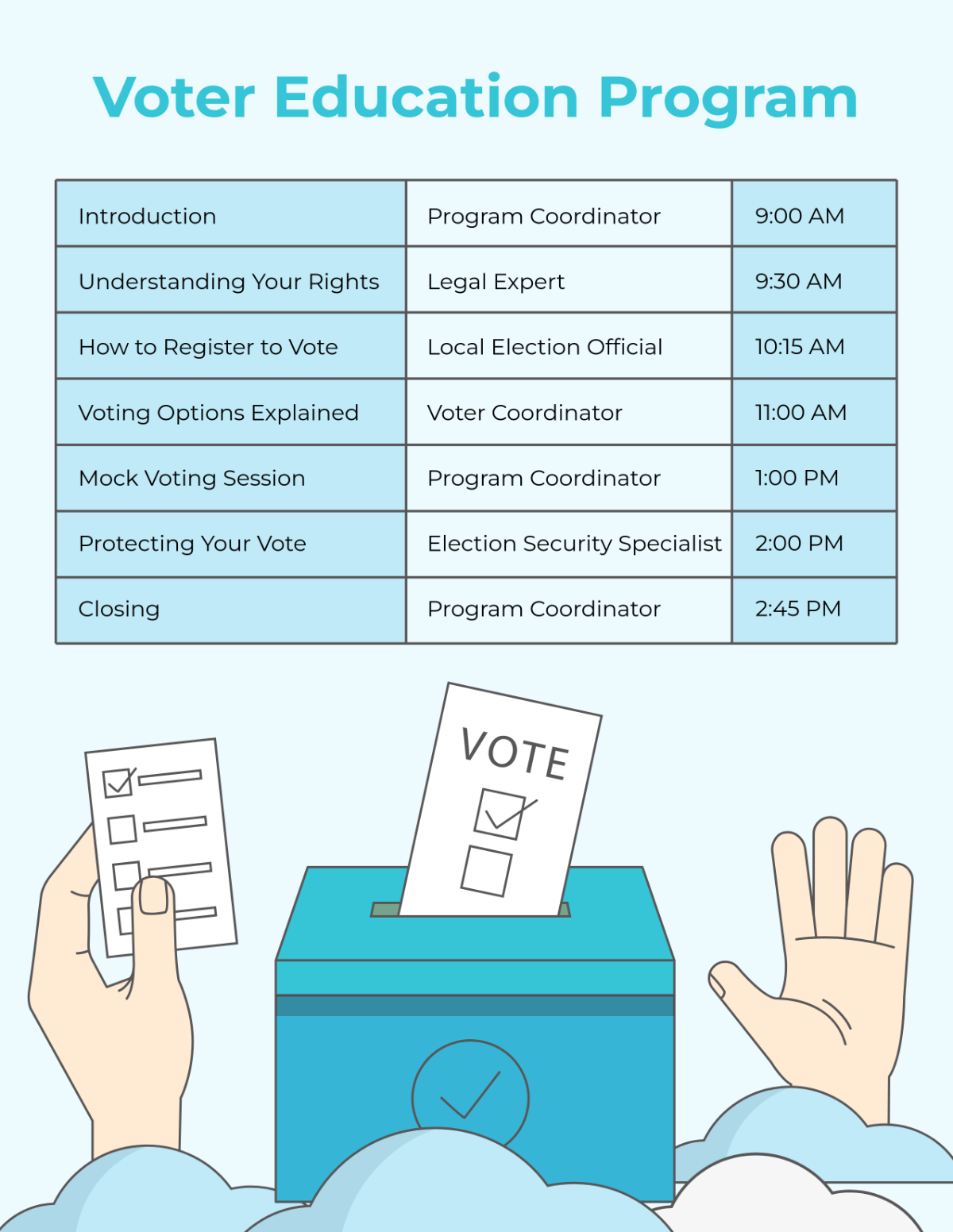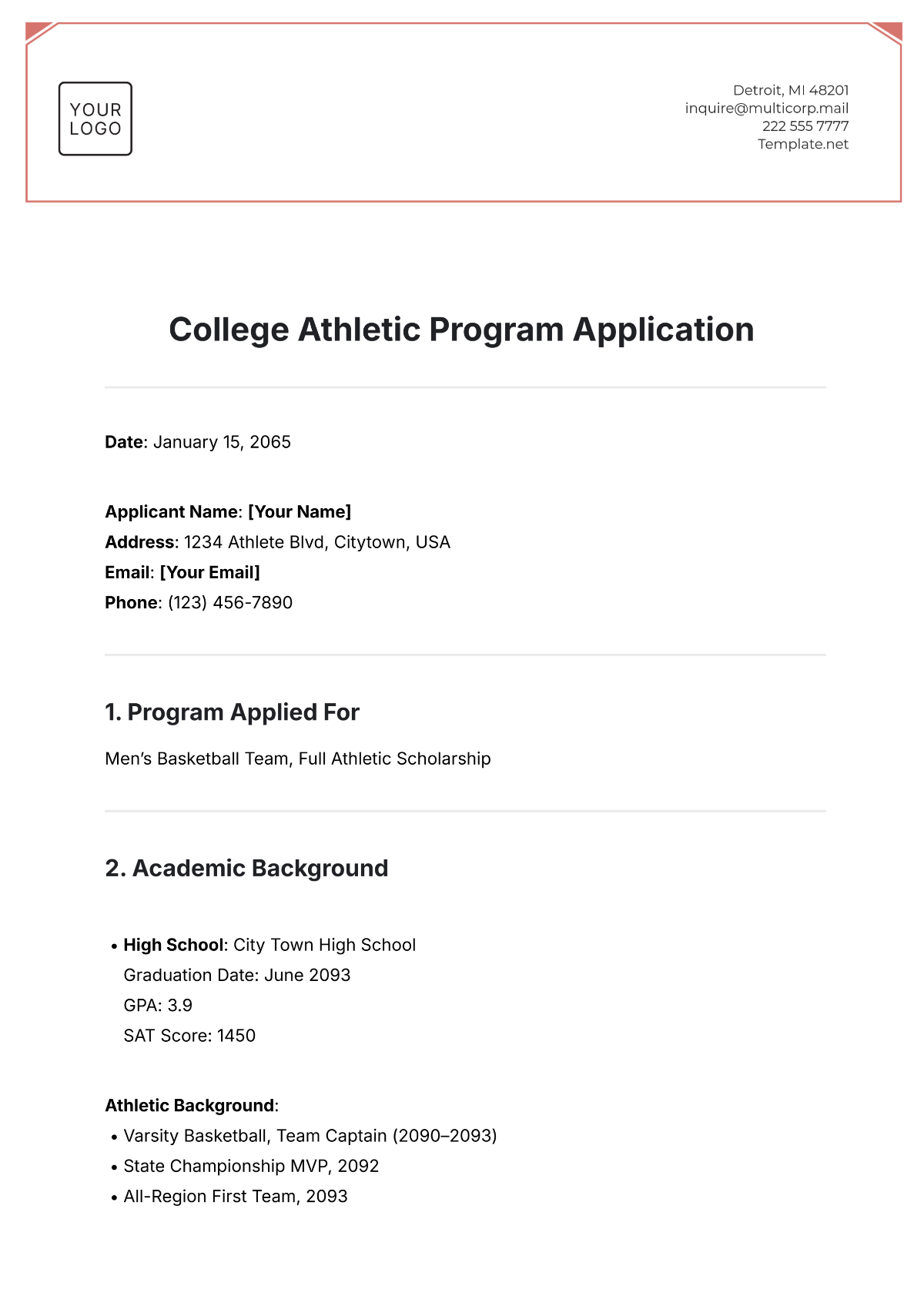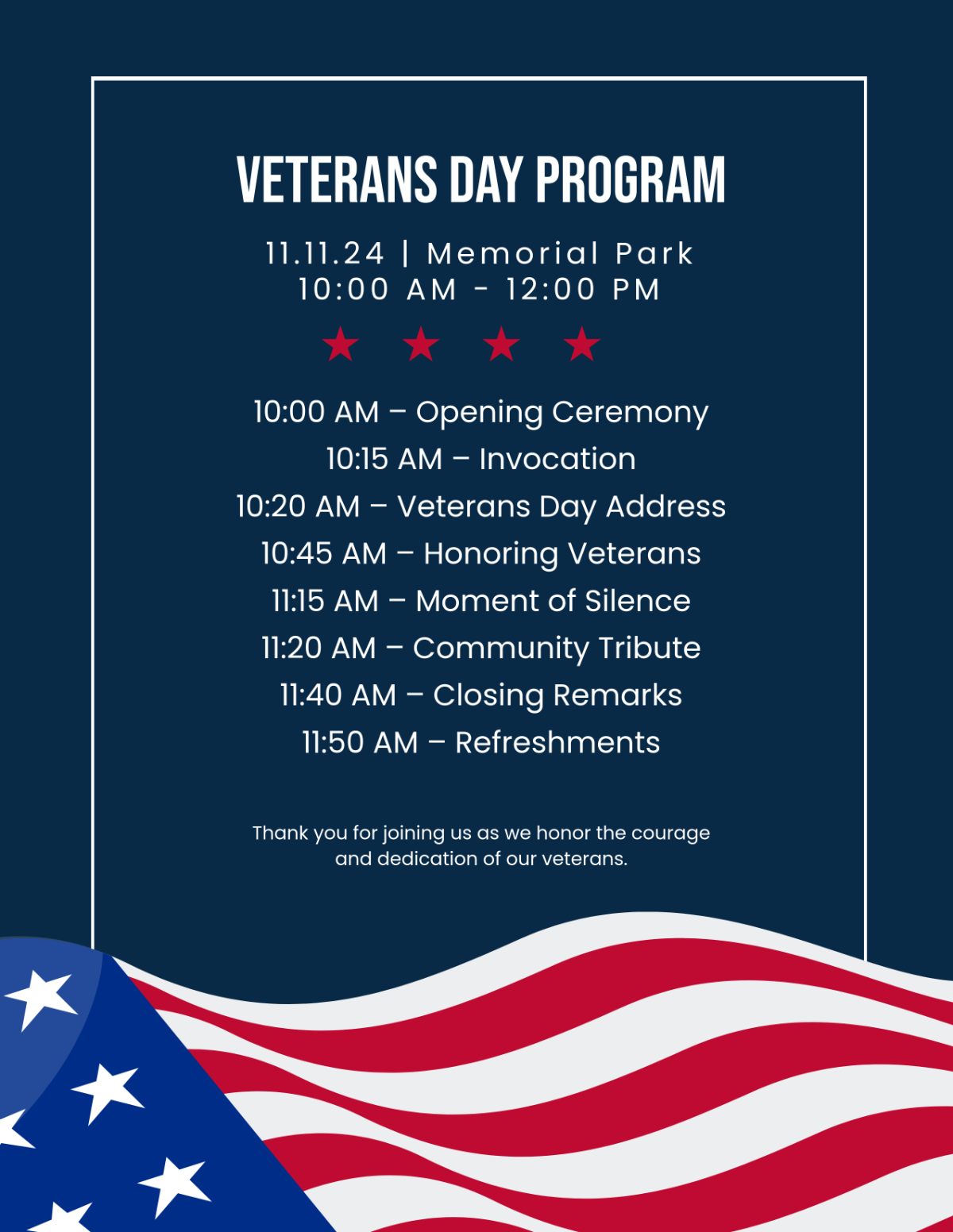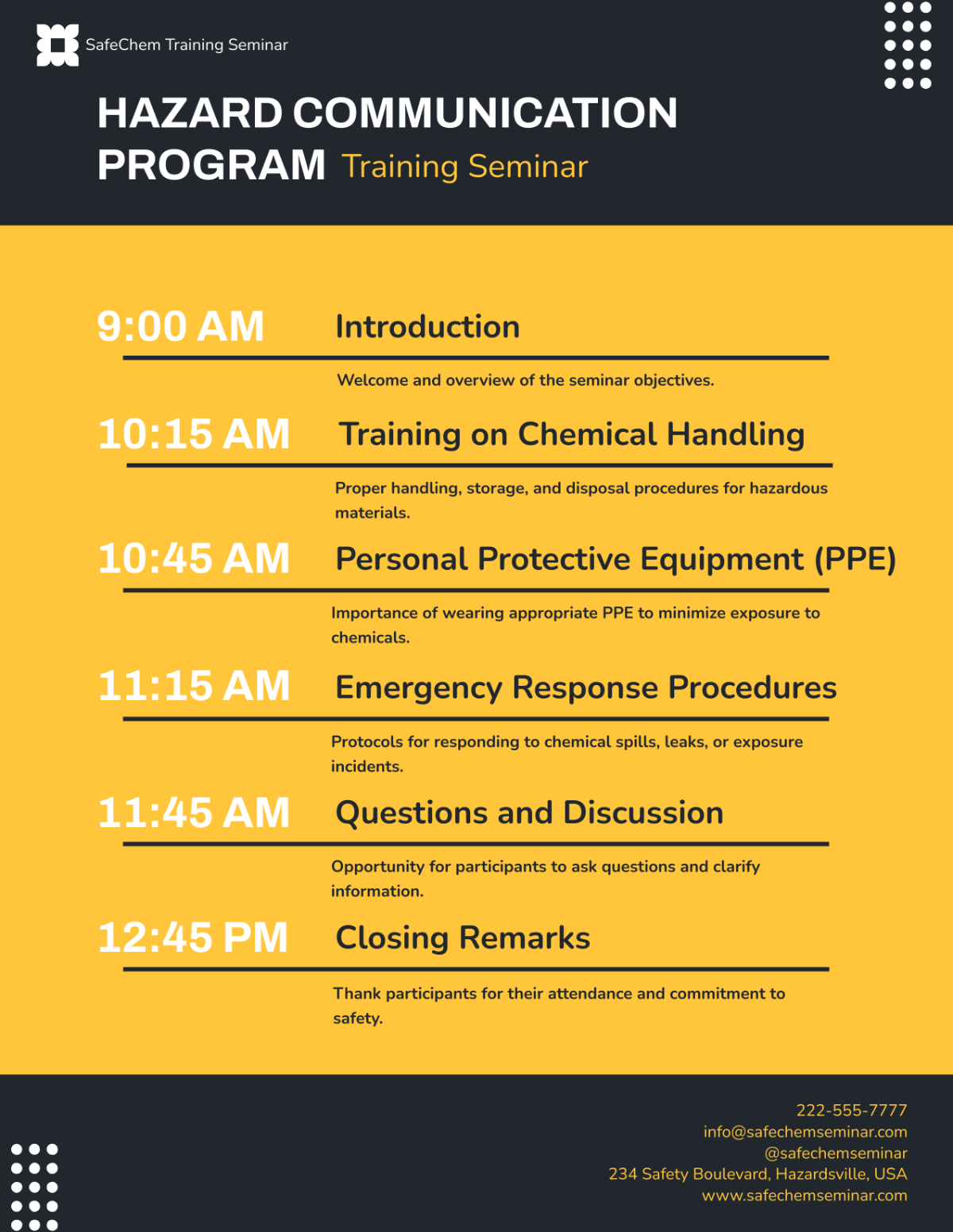Marketing SOP for Affiliate Program Management
1. Introduction
This Standard Operating Procedure (SOP) provides a comprehensive framework for the effective management of the Affiliate Program at [Company Name]. The Affiliate Program is a pivotal component of our marketing strategy, designed to achieve three primary objectives:
Increase Brand Awareness: By partnering with carefully selected affiliates, we aim to amplify our brand's reach and visibility across various online channels, engaging with a broader and more diverse audience.
Drive Sales: The program is geared towards boosting revenue by incentivizing affiliates to promote and sell our clothing products. This results in higher sales volumes and enhanced market penetration.
Build Mutually Beneficial Relationships: We believe in fostering strong and enduring partnerships with our affiliates. This program is not just a transactional engagement but a collaborative effort where both parties benefit from the association.
The guidelines and procedures outlined in this SOP are critical to maintaining consistency, transparency, and efficiency in managing our Affiliate Program. By adhering to these protocols, we ensure that our affiliates are well-equipped to represent our brand effectively, our program's objectives are met, and a strong foundation for long-term success is established. This document serves as a reference point for all team members involved in the program's management and provides clear direction for its continued growth and optimization.
2. Program Overview
2.1 Objectives
The Affiliate Program at [Company Name] is strategically designed to achieve two primary objectives that are central to our brand's success and growth:
2.1.1 Drive Website Traffic
Objective: The first and foremost objective of our Affiliate Program is to significantly boost website traffic. This is accomplished through the collaborative efforts of our affiliates, who act as brand advocates and content creators across various online platforms.
Key Strategies and Tactics:
Affiliate Content Creation: Affiliates will generate compelling and engaging content such as blog posts, social media updates, videos, and reviews that feature our clothing products and link back to our website.
Strategic Link Placement: Affiliates will strategically place affiliate tracking links in their content to drive click-throughs to our website.
Promotional Campaigns: Regular promotions, seasonal events, and exclusive offers will be run in collaboration with affiliates to incentivize their audience to visit our website.
2.2 Key Metrics
To effectively measure the performance and impact of our Affiliate Program at [Company Name], we rely on key metrics that provide valuable insights into the program's success. These metrics allow us to gauge the program's effectiveness in achieving its objectives and make informed decisions for optimization and growth.
2.2.1.1 Sales Generated by Affiliates
Metric: Sales generated by affiliates is a critical metric that directly ties the success of our Affiliate Program to revenue growth. It tracks the total monetary value of purchases made by customers who were referred to our website by affiliate partners.
Importance: This metric is central to our primary objective of increasing sales through the program. By monitoring affiliate-generated sales, we can assess the program's contribution to our bottom line and evaluate the return on investment (ROI) of our affiliate partnerships.
Evaluation:
Monthly and quarterly reports will provide an overview of affiliate-generated sales.
Segmentation by affiliate partner and product category will offer insights into top-performing areas.
Trends and seasonality will be analyzed to identify opportunities for promotion.
3. Affiliate Recruitment
Affiliate recruitment is a crucial phase of our Affiliate Program at [Company Name]. Identifying and onboarding the right affiliates who align with our brand values and target audience is essential for the program's success. This section outlines a comprehensive approach to affiliate recruitment.
3.1 Identify Target Affiliates
3.1.1 Research and Analysis
Objective: Identify potential affiliates who are a natural fit for our brand and can effectively promote our clothing products to our target audience.
Key Strategies and Tactics:
Conduct market research to identify fashion influencers, bloggers, content creators, and websites in our niche.
Analyze the online presence, engagement, and credibility of potential affiliates.
Prioritize affiliates with a genuine interest in and affinity for our brand.
3.2 Outreach
3.2.1 Personalized Email Pitches
Objective: Initiate contact with potential affiliates and provide them with a clear and compelling pitch about our Affiliate Program.
Key Strategies and Tactics:
Craft personalized email pitches that address each affiliate's unique strengths and content style.
Highlight the benefits of partnering with [Company Name], such as competitive commission rates, high-quality products, and exclusive offers.
Provide concise information about the program, including commission structures, cookie duration, and tracking capabilities.
Encourage a call to action, such as scheduling a call or requesting additional information.
4. Affiliate Onboarding
Affiliate onboarding is a crucial step in ensuring that our affiliates are well-prepared to promote [Company Name] effectively and in alignment with our brand values. This process involves welcoming new affiliates, providing them with the necessary resources, and educating them on program guidelines and expectations. Below is a detailed guide on affiliate onboarding:
4.1 Application Review
4.1.1 Thorough Evaluation
Objective: Conduct a thorough evaluation of affiliate applications to ensure that they align with our brand and program requirements.
Key Strategies and Tactics:
Implement a standardized affiliate application form that collects essential information.
Review applications based on predetermined criteria, including audience demographics, content quality, and ethics.
Assign a review team to assess and qualify applicants promptly.
Selection Criteria:
Affiliates should have a significant and engaged following within our target demographic.
Their content should align with our brand image and values.
Positive online reputation and ethical online practices are essential.
4.2 Affiliate Portal
Objective: Provide affiliates with access to a user-friendly and informative portal where they can find essential resources.
Key Strategies and Tactics:
Develop an affiliate portal that includes:
Promotional materials (banners, images, ad copy).
Affiliate tracking links.
Reporting tools for performance analysis.
Ensure affiliates receive login credentials and comprehensive training on using the portal.
4.3 Onboarding Materials
4.3.1 Welcome Pack
Objective: Create a comprehensive welcome pack to introduce affiliates to our brand and the Affiliate Program.
Key Strategies and Tactics:
Design a visually appealing welcome pack that includes an overview of our brand, mission, and values.
Provide a detailed program guide that explains commission structures, cookie duration, and tracking capabilities.
Include a welcome letter from [Company Name] expressing appreciation for their partnership.
5. Affiliate Communication
Effective and consistent communication with our affiliates is essential to building and maintaining successful partnerships within the [Company Name] Affiliate Program. This section outlines a detailed approach to affiliate communication:
5.1 Regular Updates
5.1.1 Newsletters
Objective: Send regular newsletters to affiliates to keep them informed about program updates, promotions, and industry news.
Key Strategies and Tactics:
Schedule newsletters on a consistent basis (e.g., monthly) to maintain engagement.
Highlight program updates, including new product launches, exclusive offers, and commission changes.
Share relevant industry news and trends to help affiliates stay informed.
5.2 Creative Assets
5.2.1 Promotional Materials
Objective: Share high-quality promotional materials that affiliates can use in their marketing efforts while maintaining brand consistency.
Key Strategies and Tactics:
Provide a library of promotional materials, including banners, images, ad copy, and videos.
Ensure that all materials align with our brand's style, messaging, and values.
Regularly update the library with fresh and seasonal creative assets.
6. Reporting and Analytics
Effective reporting and analytics are critical components of managing the Affiliate Program at [Company Name]. These processes help us track the program's performance, measure its impact, and make data-driven decisions for optimization. Here's a detailed approach to reporting and analytics:
6.1 Tracking
6.1.1 Affiliate Tracking Software
Objective: Implement affiliate tracking software to accurately measure affiliate activities and attribute conversions.
Key Strategies and Tactics:
Select a reliable affiliate tracking platform that offers comprehensive reporting capabilities.
Integrate the tracking software with our website and e-commerce platform for seamless data collection.
Ensure that tracking cookies are set up properly to capture affiliate referrals.
6.2 Performance Metrics
6.2.1 Affiliate Dashboard
Objective: Develop an affiliate dashboard that provides affiliates with real-time access to their performance metrics.
Key Strategies and Tactics:
Design a user-friendly dashboard that displays key performance indicators (KPIs) such as clicks, conversions, earnings, and commissions.
Ensure that affiliates can access their data securely through login credentials.
7. Program Evaluation and Optimization
Program Evaluation and Optimization: In this phase, regular performance reviews are conducted with affiliate partners to assess program health and individual performance. Data analysis of sales, clicks, conversions, and earnings helps identify trends and patterns, recognizing top-performing affiliates and offering feedback for improvement. Commission rates are continuously reviewed and, if necessary, adjusted to incentivize performance and align with business goals. Transparent communication with affiliates is maintained throughout this process, and ongoing optimization efforts, including incentive programs and recruitment strategies, ensure the program remains adaptable and effective.
8. Conclusion
The Affiliate Program at [Company Name] is a dynamic and integral part of our marketing strategy, designed to elevate our brand, drive sales, and build lasting relationships with our valued affiliate partners. This Standard Operating Procedure (SOP) outlines a comprehensive framework for managing every facet of this program, ensuring consistency, transparency, and efficiency.
Through this SOP, we have defined clear objectives, identified key metrics for success, and established detailed procedures for affiliate recruitment, onboarding, communication, reporting, evaluation, and optimization. We believe that this systematic approach will lead to the continued success and growth of our Affiliate Program.
We emphasize the following key takeaways from this SOP:
Alignment with Brand Values: We are committed to partnering with affiliates who share our brand's values, mission, and target audience. This alignment ensures authenticity and resonance in our marketing efforts.
Data-Driven Decision-Making: Regular tracking, reporting, and analysis of key performance indicators are essential for making informed decisions and optimizing the program's effectiveness.
Open Communication: Transparent and open lines of communication with our affiliates are vital for nurturing strong, mutually beneficial partnerships.
As we move forward, we will continuously evaluate and refine this SOP to ensure its relevance and effectiveness in the ever-evolving landscape of affiliate marketing. Our goal is not just to run an affiliate program but to cultivate a thriving community of affiliates who are passionate about our brand and committed to its success.

















































